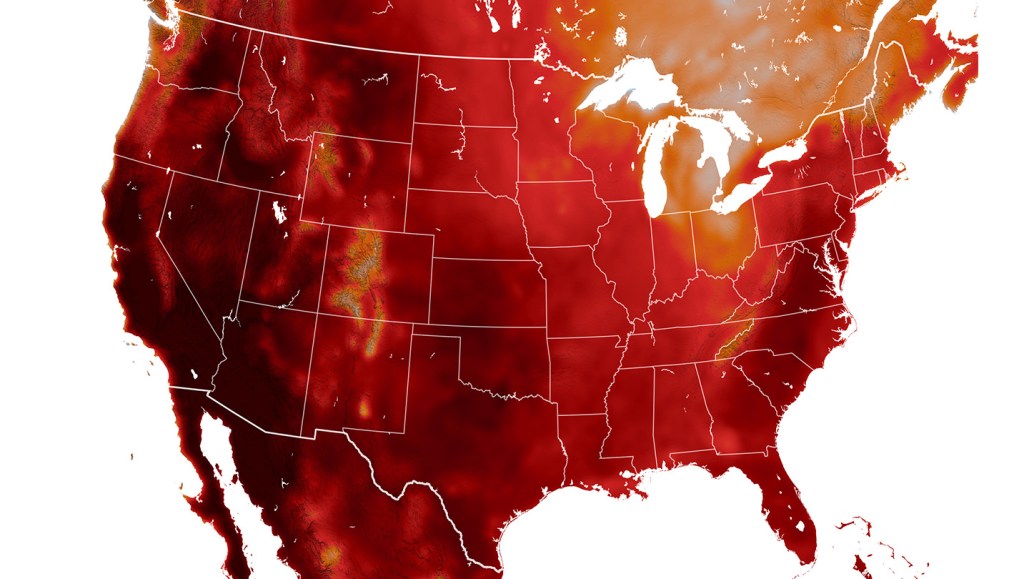U.S. Temperature-Related Deaths Could Double by Mid-Century Due to Climate Change

Heat-related deaths in the United States are on the rise. But how bad will it be 20, 30 or 40 years from now? Scientists now have a clue.
Currently, an estimated 8,000-plus deaths in the United States every year are associated with extreme temperatures, both hot and cold. Within the next few decades, that number could double or even triple, largely due to heat, researchers report September 20 in JAMA Network Open.
“As the climate warms, the frequency, duration and intensity of heat waves is increasing. Understanding how this will impact our health is crucial,” Sameed Khatana, a cardiologist at the University of Pennsylvania, says. Our bodies are capable of bearing sweltering temperatures, but as temperatures rise, this ability is pushed to its limit (SN: 6/21/24).
Khatana and colleagues looked at two hypothetical futures — one with a lower increase in greenhouse gas emissions, and one with a higher increase in emissions (SN: 1/7/20). First, using the monthly number of days with extreme temperatures and monthly number of deaths from 2008 to 2019, the researchers estimated how many deaths are now associated with extreme temperatures. With help from previously developed projections of what temperatures and population sizes will be like decades from now, the team then estimated the number of deaths associated with extreme temperature in the middle of the 21st century for each hypothetical future.
By 2036 to 2065, the annual number of deaths could double in a future with a lower increase in emissions, or triple in one with a higher increase in emissions, the team found.
The highest increase in deaths was in older adults, non-Hispanic Black adults, Hispanic adults and adults living in urban areas, the researchers note (SN: 4/8/24). This could be due to a growing number of people in these populations, but Khatana says, “neighborhoods with more minority residents on average have lower tree cover and air conditioning access, which impacts the temperatures people experience.”




